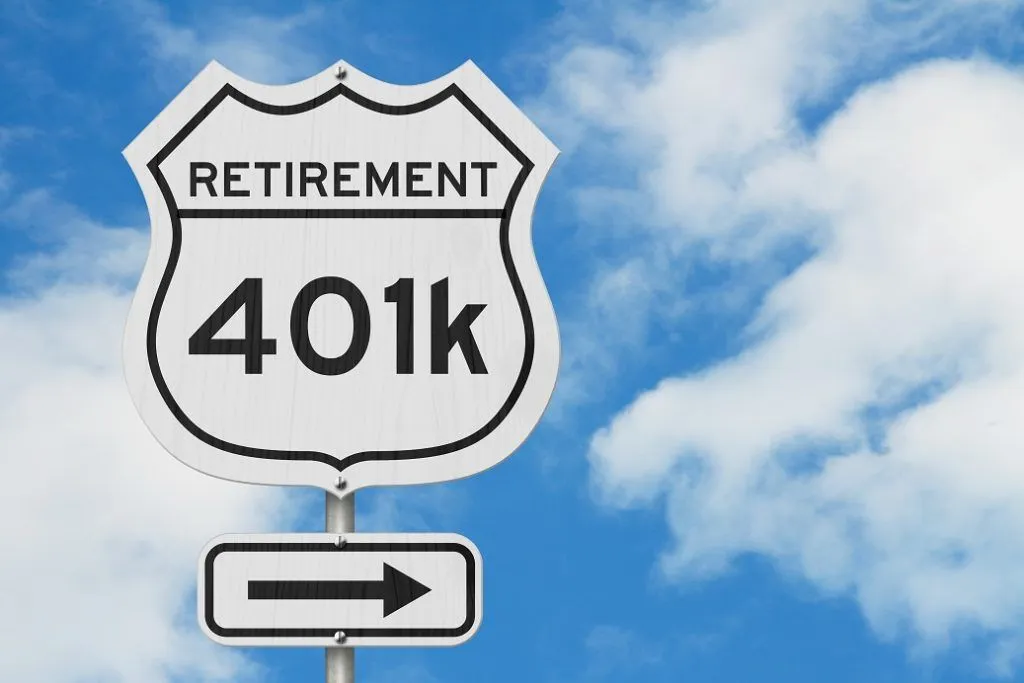If you’re not participating in your company’s 401(k) plan, your employer may have other ideas. The concept of 401(k) plan “re-enrollment” is gaining popularity and here’s all that you need to know because this can cost you your job!
A 401(k) plan is a retirement savings plan offered by many American employers that has tax advantages for the saver. It is named after a section of the U.S. Internal Revenue Code (IRC). The employee who signs up for a 401(k) agrees to have a percentage of each paycheck paid directly into an investment account. The employer may match part or all of that contribution. The employee gets to choose among several investment options, usually mutual funds.
Companies are more regularly choosing to automatically sweep workers into their workplace plan if they don’t currently participate in the 401(k) plan. It generally applies to new hires, and reenrollments typically apply to all workers who don’t currently save in the 401(k). Most companies, about 85%, direct workers’ savings into target-date funds if they’re automatically enrolled, according to PSCA data.
Workers receive a notification from their employer ahead of re-enrollments and have the chance to opt-out or reduce their contribution. Employers hope that inertia will cause workers to stay in the plan rather than opt-out.
Companies may also derive a long-term financial benefit from such policies. For example, better worker finances can boost employee productivity and happiness on the job and allow them to retire at a younger age, perhaps saving companies money on future payroll and health costs. Some employers may even reenroll workers who don’t contribute a baseline share of their paychecks.



